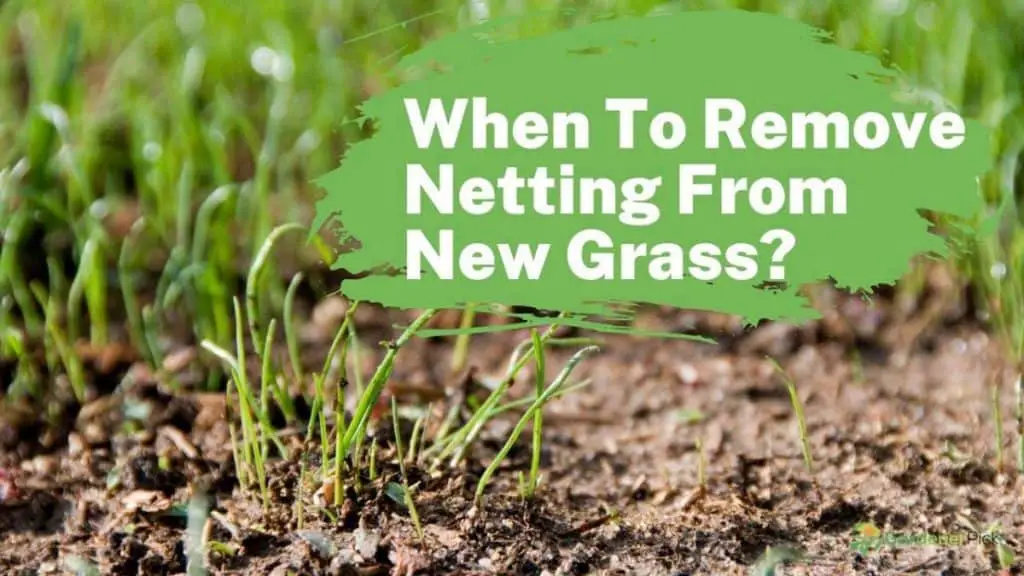I have not prepared any beef roast before that was in that string mesh, only lamb. That means that if you put a temperature probe in an air pocket, it’s very likely to give you the wrong reading.
The recipes that come up on google involve marinating it. With a big chunk of meat though, I question the value of marinating. Thoughts?.
You’re prepping a beautiful beef roast for dinner when you notice it’s wrapped in plastic netting. Should you remove it before popping the roast in the oven? Or is it safe to leave it on during cooking? Making the right call can impact how evenly your meat cooks.
As an avid home cook and beef lover I’ve cooked many roasts both with and without netting. Through trial and error I’ve learned when netting should stay or go. Keep reading for my tips on safely removing beef netting, along with the pros and cons of cooking beef with netting on or off.
What is Beef Netting?
First, let’s look at what exactly beef netting is. Netting is a material wrapped around cuts of beef to hold the shape during storage, transport, and cooking. It comes in a few different forms:
-
Plastic netting – A synthetic mesh used for convenience in meat processing plants. Not meant for cooking.
-
Cotton netting – A natural fiber netting often applied by butchers to form roasts Safe for cooking,
-
Twine or string – Used to tie roasts into a uniform shape. Also left on during cooking.
Should You Remove Plastic Netting from Beef?
If the netting is made of plastic, it should always be removed before cooking Here’s why
-
Plastic netting can melt at high oven temperatures, leaving behind residue.
-
Melted plastic may release chemicals that contaminate and flavor the meat.
-
Plastic netting is not digestible and poses a choking risk if consumed.
To safely remove plastic netting from raw beef:
-
Use kitchen shears to cut away netting. Be careful not to cut the meat.
-
Peel off netting slowly. Don’t tear the beef surface.
-
Cut away any remaining plastic bits with shears or tweezers.
Is It Safe to Cook Beef with Cotton Netting On?
Natural fiber netting made of cotton, linen, or hemp poses no health risks. This type of netting is sometimes left on roasts during cooking to:
-
Maintain the shape and structure of the meat.
-
Prevent the roast from falling apart.
-
Allow for even cooking throughout the roast.
-
Keep juices and moisture locked into the beef.
So cooking your beef with cotton netting left on is perfectly safe. Just be sure to remove any remaining fibers before serving the cooked roast.
Pros of Leaving Cotton Netting on Beef
Here are some benefits to leaving cotton netting on beef during roasting:
-
Helps beef hold its shape and cook evenly
-
Prevents meat from drying out
-
Makes carved roast look uniform and tidy
-
Easier to slice cooked roast held in shape by netting
-
Natural fibers won’t melt, won’t contaminate meat
Cons of Leaving Cotton Netting on Beef
However, there are a few potential drawbacks to leaving the netting on:
-
Netting can prevent seasoning or rubs from directly contacting meat
-
Netting may reduce browning and caramelization of meat surface
-
Fibers could stick to the cooked surface
-
Need to carefully remove netting before serving
Tips for Cooking Beef with Netting
If cooking your beef roast with netting on, keep these tips in mind:
-
Use cooking spray or oil to prevent netting sticking
-
Loosen netting before seasoning meat underneath
-
Monitor temperature closely and adjust cooking time if needed
-
Let roast rest before carefully snipping off netting
-
Double check for stray fibers before carving and serving
Cotton netting left on beef roasts during cooking is safe and can help the meat retain shape and moisture. But plastic netting should always be removed prior to cooking. When in doubt, take off any netting for full seasoning and browning. Either way, let your delicious roast rest before carving and serve up!

DIY Butcher Skills: How to tie Roast like a pro (Netting vs Tying Roasts)
FAQ
Do you take the netting off beef before cooking?
Can you cook meat with elastic netting on?
Do you cook roast with netting on?
Why do they put netting on meat?
Should beef netting be removed before cooking?
It depends on the type of netting that your beef roast has. If the netting is made from plastic, it’s best to remove it before cooking. However, if the netting is made from cotton or string, it’s recommended to leave it on during cooking. The netting or string helps to keep the beef roast in shape, ensuring that it cooks evenly.
Is plastic netting bad for beef?
Plastic netting can melt and release harmful chemicals into your food if it’s exposed to high heat. Additionally, plastic netting can prevent the meat from cooking evenly, resulting in a tough and dry roast. However, if your beef roast has a netting made from cotton or string, it’s recommended to leave it on during cooking.
What is beef netting?
Netting is a material used to shape and hold meat together during the cooking process. It can be made from a variety of materials, including plastic, string, and polyester. The netting is wrapped around the beef roast to ensure that it maintains its shape and does not expand during cooking. The use of netting on beef roasts has several benefits.
Why should you keep the netting on a beef roast?
There are several reasons why you should keep the netting on your beef roast during cooking. First and foremost, the netting helps to keep the roast in shape. This is especially important if you’re cooking a large roast, as it can be difficult to keep it from falling apart or spreading out without the netting.
